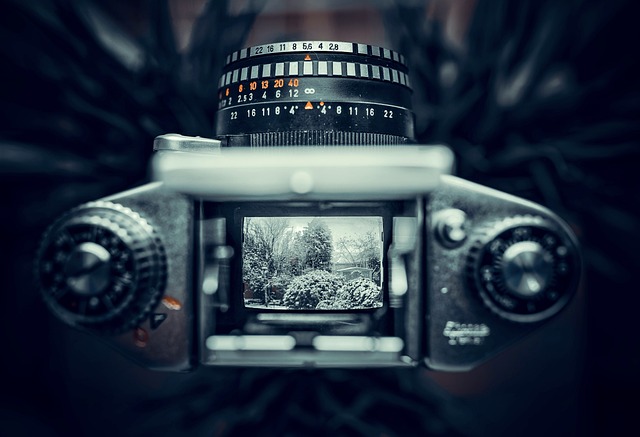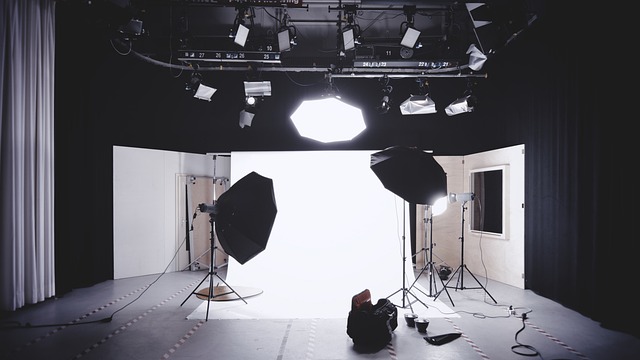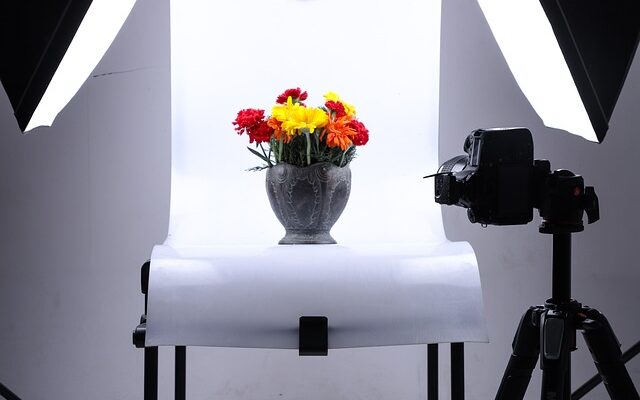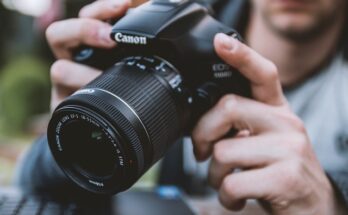In a world where visuals dominate our communication, understanding the language of cameras is akin to mastering a new dialect. Whether you’re a professional photographer, an amateur enthusiast, or just someone curious about the art of capturing moments, delving into the nuances of camera language opens up a world of creative possibilities. From exposure to composition, each element contributes to the narrative woven through the lens. So let’s embark on a journey through the visual vocabulary of photography, decoding its grammar and syntax in 87 essential terms.
1. Aperture: The opening in the lens through which light
2. Shutter Speed :The duration for which the camera’s shutter remains open, controlling the amount of light and motion blur in the image.
3.. A higher ISO allows for shooting in low light conditions but may introduce noise.
4. Exposure: The combination of aperture, shutter speed, and ISO that determines how light or dark an image appears.

5. Depth of Field: The range of distances in an image that are acceptably sharp. Controlled by aperture, it can vary from shallow to deep.
6. Composition: The arrangement of elements within the frame to create visually appealing images.
7. Rule of Thirds: guideline dividing the frame into thirds horizontally and vertically, suggesting that points of interest should lie along these lines or their intersections.
8. Leading Lines: Lines within an image that draw the viewer’s eye towards a specific focal point, guiding the visual journey.
9. Framing: Using elements within the scene to frame the main subject, adding depth and context to the image.
10. Symmetry: Creating balance in an image by mirroring elements on either side of the frame.
11. Golden Hour: The period shortly after sunrise or before sunset when the light is soft, warm, and ideal for photography.

12. Bokeh: The aesthetic quality of the out-of-focus areas in an image, often achieved by using a wide aperture.
13. Histogram: A graphical representation of the distribution of tones in an image, helping to assess exposure.
14. White Balance: Adjusting the colors in an image to accurately represent the true colors of the scene.
15. RAW vs. JPEG: RAW files contain unprocessed data captured by the camera’s sensor, offering greater flexibility in post-processing, while JPEG files are compressed and processed by the camera.
16. Megapixels: The resolution of an image sensor, measured in millions of pixels. Higher megapixel counts allow for larger prints and greater detail.
17. Focus: The sharpness of an image, determined by the camera’s lens and settings.
18. Autofocus vs. Manual Focus: Autofocus automatically adjusts the lens to achieve sharp focus, while manual focus requires the photographer to adjust the focus manually.
19. Exposure Triangle: The relationship between aperture, shutter speed, and ISO, balancing the exposure of an image.
20. Histogram: A graph showing the distribution of tones in an image, from shadows to highlights.



